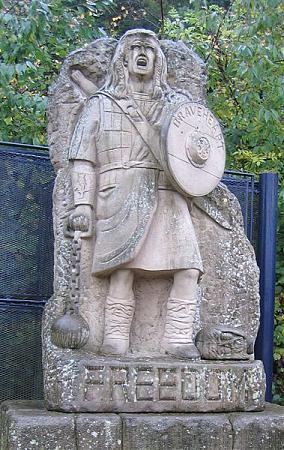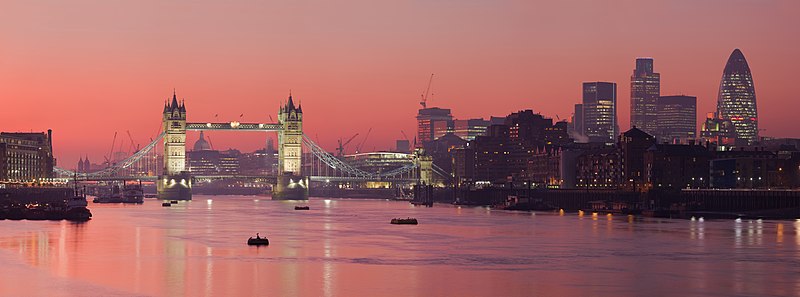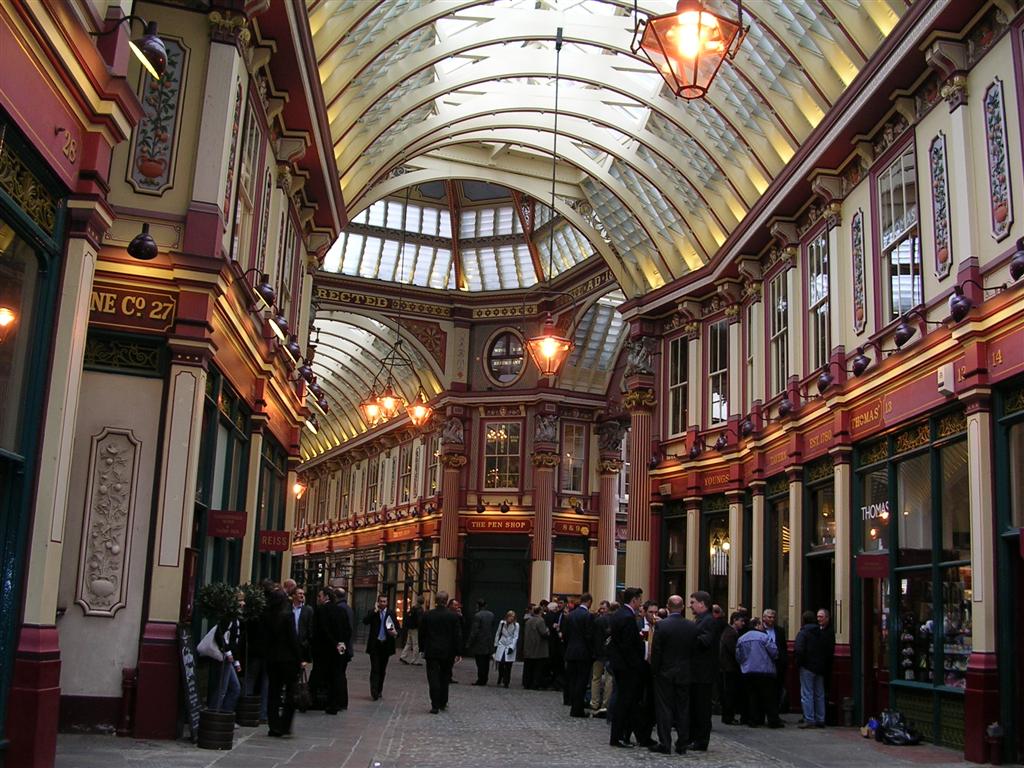The written
history of Scotland begins with the romanization of central southern Great
Britain. The Romans called Caledonia initially to Scotland, for the huge
Caledonian pine forest that stretched from north to south and from east to west
across the country. The main people who sat in that time in the region was that
of Scottish Picts, so called, apparently, for his habit of painting their bodies.
The Scots, meanwhile, were a people of Irish origin, also known as dalriadas,
who settled in the west of Scotland. During this period there were therefore
two distinct realms: the West of Scotland, Scotland, Pictish kingdom and the
east, Alba.
The Romanization
of Scotland was a long process with lots of interruptions: in 83 a. C., General
Gnaeus Julius Agricola defeated the Caledonians at the Battle of Monte Graupio,
September 8 which allowed the construction of a chain of fortifications known
as the Gask Ridge close to the Highland Fault, and shortly thereafter, however,
the Romans withdrew to the Southern Uplands, ie the third most southerly of
Scotland, and began construction of Hadrian's Wall to control tribes in the
area. This line marked for most of the period of Roman occupation the northern
boundary of the Roman Empire, despite the construction, further north, the
Antonine Wall. This could only be defended border for brief periods, of which
later took place between the years 208 and 210, during the reign of Emperor
Septimius Severus. Later the territory was created in the Roman province of
Valentia. In total, the occupation of these areas in Scotland by the Romans
lasted no more than 40 years, although the Latin influence in the southernmost part,
especially among the tribes of Breton origin, was more durable.































